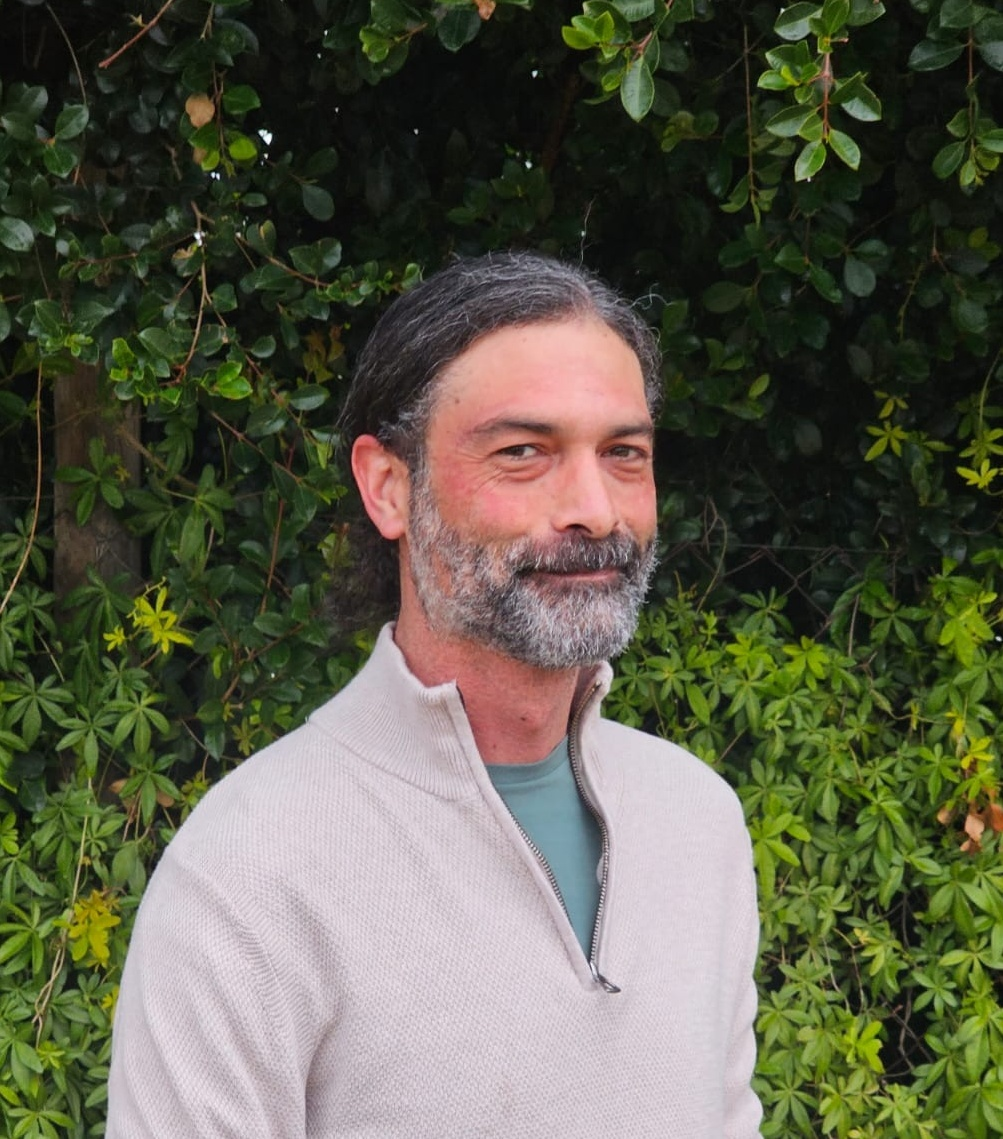For around the last 40,000 years, there has only been one type of human living on Earth, Homo sapiens. However, somewhere between 300,00 and 50,000 years ago, there were anywhere between six and eight different hominin species living in different parts of the world at the same time. Several of them, such as Homo sapiens, the Neanderthals, and the Denisovans, coexisted in the same habitat and even interbred with each other occasionally. One such example is the Neanderthal Denisovan child, Denny. The Denisovan Neanderthal hybrid reminds us how varied the tree of human evolution once was.
The Discovery of the Ancient Human Hybrid

This ancient human hybrid was discovered in the Denisova Cave by Russian archeologists in 2012. While examining the cave, they unearthed many bone fragments, the majority of which they were not able to identify. In total, they collected 2,000 different fragments of bone, which were subsequently sent to a laboratory. However, for four years, these fragments remained unexamined. That is, until 2016, when a student from the University of Oxford, Samantha Brown, noticed that one fragment was very unique. At the time, she was analyzing the DNA of the 2,000 fragments to determine what animal each piece belonged to. A two-centimeter-long bone, to her surprise, ended up being human.
The Bone Belonged to a Denisovan Neanderthal Hybrid

This was no typical human bone, though, and she felt that it was potentially the result of interbreeding. If her analysis was accurate, it was the remnants of a hybrid of Neanderthal and Denisovan parents. That would make the fragment the first evidence of first-generation interbreeding between two different human species. For these results to be confirmed, Brown sent her samples to the Max Planck Institute for Evolutionary Anthropology in Leipzig, Germany. Using their advanced technologies, the institute was able to examine the fragment in great detail.
A Very Rare Discovery

Paleogeneticists Svante Pääbo and Viviane Slon were tasked with conducting a genome analysis of the fragment. They were able to isolate each DNA sequence, thus identifying which parent belonged to which species. To their considerable surprise, they both confirmed that the bone belonged to an ancient human hybrid. It would go down in history as the first Denisovan Neanderthal hybrid ever found. It is an exceptionally rare discovery, with Viviane Slon stating that, “My first reaction was disbelief. We knew from previous studies that Neanderthals and Denisovans must have occasionally had children together. But I never thought we would be so lucky as to find an actual offspring of the two groups.”
Who was this Neanderthal Denisovan Child?
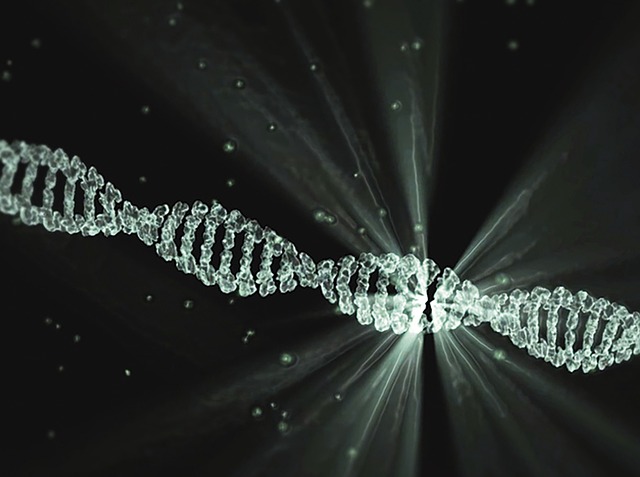
Upon further examination, the team learned more about this unique branch in human evolution. They revealed that the ancient human hybrid was female, and based on the width of the bone, they determined that she was around 13 years old when she died. Named after the cave she was discovered in, Denny is estimated to have died around 90,000 years ago. After separating the DNA sequences, the researchers determined that the mitochondrial DNA was from a Neanderthal. Since this type of DNA is passed down from the mother, they were able to determine that the mother was Neanderthal and, therefore, the father was Denisovan.
Even the Researchers Doubted Their Own Findings
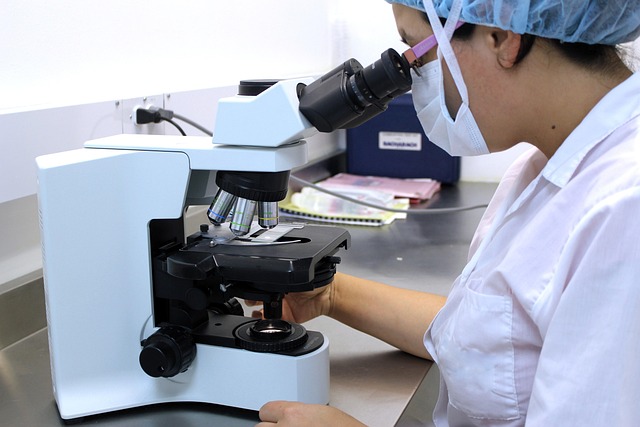
These findings were so astounding that the researchers even doubted what the data showed. According to Pääbo, “I thought they must have screwed up something.” Therefore, they sent the fragment to the Francis Crick Institute in London for further analysis. Yet even after this third analysis, the outcome remained the same, proving that what they had found was indeed a Denisovan Neanderthal hybrid. Most significantly, the Neanderthal Denisovan child resulted from first-generation breeding, with her parents being completely different species of human.
The First of Its Kind
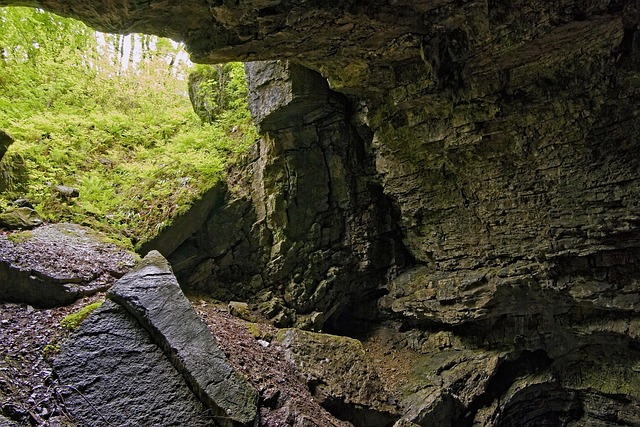
This means that one parent was fully Denisovan, and the other Neanderthal. Considering that we have yet to find a first-generation Homo sapiens and Neanderthal hybrid bone, the discovery of Denny is indeed a rare and special find. However, other than knowing what species her parents were, nothing about her daily life is yet known. Furthermore, the Denisovans were also a relatively recent discovery, so there is still much to learn about their paternal line in general.
Very Different Backgrounds

The Denisovans lived around Siberia, whereas most Neanderthals lived in Eurasia. The fragments were discovered in the Altai Mountains, which happens to be situated between these two regions. One theory is that Denny’s parents may have lived in a Neanderthal-Denisovan colony. It is thought that there were few actual pure-blood Denisovans and that their genes may have mixed with the Neanderthal bloodline before disappearing. The tests revealed that Denny has high heterozygosity, which means she has a lot of genetic variation in her DNA.
The Bottom Line
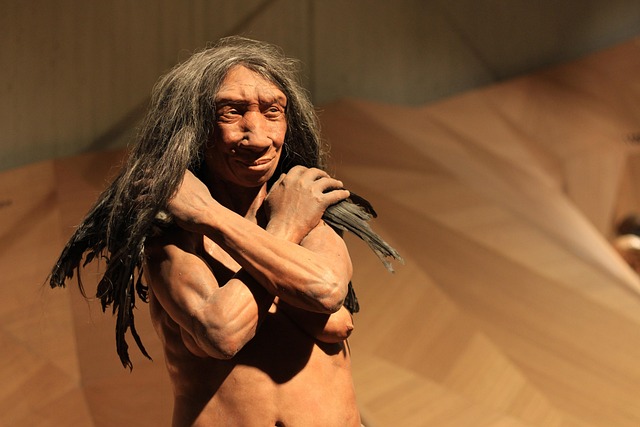
The discovery of Denny, the ancient human hybrid, has finally provided us with tangible proof of a first-generation individual parented by two different human species. The fact that Denny exists is proof that not only did these two species meet, but they interbred and may have even lived together. Their lives may have been interconnected in ways we are only beginning to grasp. While we live in an age where we are the only human species alive, these discoveries give us insight into a time when several species existed and often co-existed.
Read More: Scientists Stunned by 300,000-Year-Old Skull Unlike Any Known Human Species

